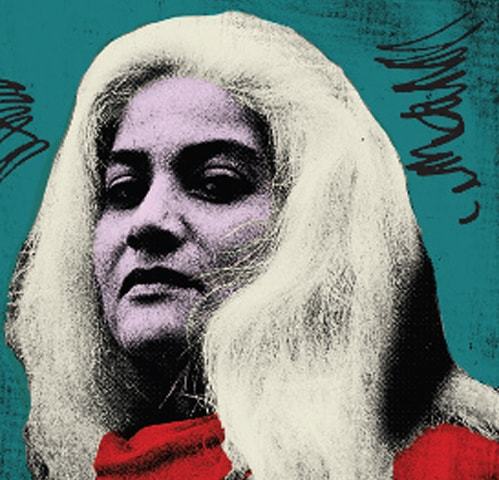
As a norm, society does not take art or artists very seriously — entertaining, stimulating, thought-provoking and patronised by a select few, but hardly in the same company as economists, politicians and other influential professionals. It then comes as a surprise when art is removed, censored or destroyed, implying that it has great power or influence on the very society that marginalises its relevance. More direct criticism is expressed by journalists and politicians, whereas the artist is essentially pleading for a sense of humanity to prevail.
The most influential analysis of censorship is John Milton’s speech, which was later published titled Aeropagitca (1644), in which he asserts censorship inhibits the search for truth. He gave four reasons for censorship.
The first is a moral reason: to protect the ‘Supreme Idea’ — the values of a society taught from childhood and constantly reaffirmed. An artist must not threaten social discipline, which is based on uniformity of views or Ordo Mundi. Secondly: to protect the rulers from criticism which would undermine their authority. The third, and more condoned reason, is: a temporary censorship in national interest during times of war where society must be mobilised to safeguard national independence. The fourth reason is: for the education of society. Art must not be in conflict with the moral, religious or political attitudes of the rulers.
Milton believed censorship stifles critical reflection and makes for an unequal conflict, generates a sense of helplessness and prevents the healthy development of society. Art produced under censorship is fake art.
The Supreme Idea would die if it does not evolve with changing circumstances, and would lead to apathy, inertia, mistrust and corruption. As Stefan Morawski writes in his essay ‘Pros and Cons of Censorship’ that this would generate “a constant terror which leads to the enslavement of the rulers as well as the enslaved masses.”
Morawski points out, “It is not the artists and writers who are the source of social unrest, but the reality itself.” He adds, “It is assumed that art is very powerful and a great influence on social consciousness. But, in reality, art is but a repetition of what has already taken root in social consciousness.”
Censorship by ruling powers is only one aspect of censorship. As societies become more pluralistic, artists need to be more aware of multiple sensitivities. Freedom of expression can become a narcissistic act.
In the US, which prides itself on freedom of expression, an artwork made by Guantanamo Bay detainees is no longer allowed to leave the Cuban base; graffiti of a black youth killed by police is painted over; an exhibition of art by Palestinian children is shut down. In 2006, FBI agents turned up before the public opening of the exhibition Axis of Evil, the Secret History of Sin in Chicago and ordered the museum director to reveal the names and phone numbers of the artists. This was a reminder of McCarthyism which was, of course, the darkest period of censorship in the US in the 1950s.
Morawski writes, “While censorship is old, resistance to censorship is relatively new.” Where Milton and Spinoza depended on essays, today social media is quick to amplify resistance and counter-resistance in countries all over the world. Censorship often defeats its purpose by drawing greater attention to whatever is suppressed.
Many works of art avoid censorship by using symbols and metaphors. Frida Kahlo embedded symbols of revolution and Mexican nationalism in her paintings. A.R. Nagori used animal characters to symbolise the evils of society.
Censorship by ruling powers is only one aspect of censorship. As societies become more pluralistic, artists need to be more aware of multiple sensitivities. Freedom of expression can become a narcissistic act. The cartoon depictions of Prophet Muhammad (PBUH) were defended as freedom of expression in the West but offended 1.8 billion Muslims all over the world. In many countries, art and graffiti is regularly removed for offending racial, religious, moral or political values.
Art is never produced in a vacuum but requires a process of negotiation, nudging the boundaries of acceptability. As the filmmaker Jean-Luc Godard says, “We do what we can, not what we want.”
Durriya Kazi is a Karachi-based artist and heads the department of visual studies at the University of Karachi
Email: durriyakazi1918@gmail.com
Published in Dawn, EOS, November 10th, 2019














































Dear visitor, the comments section is undergoing an overhaul and will return soon.